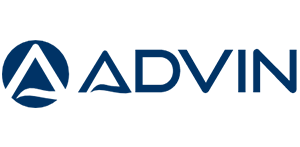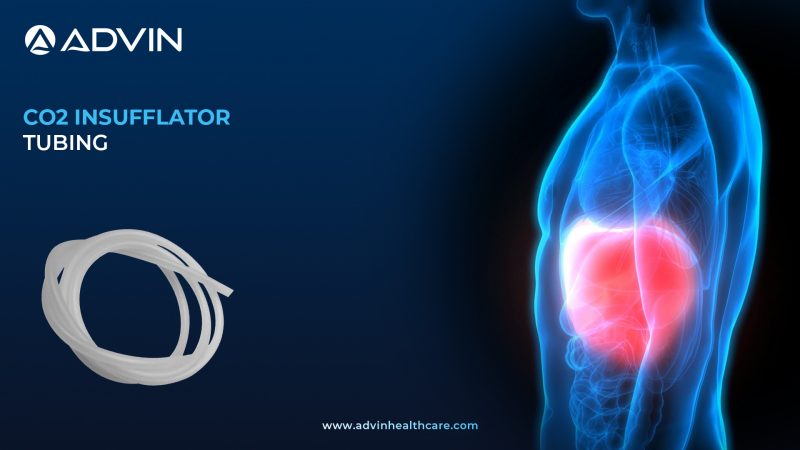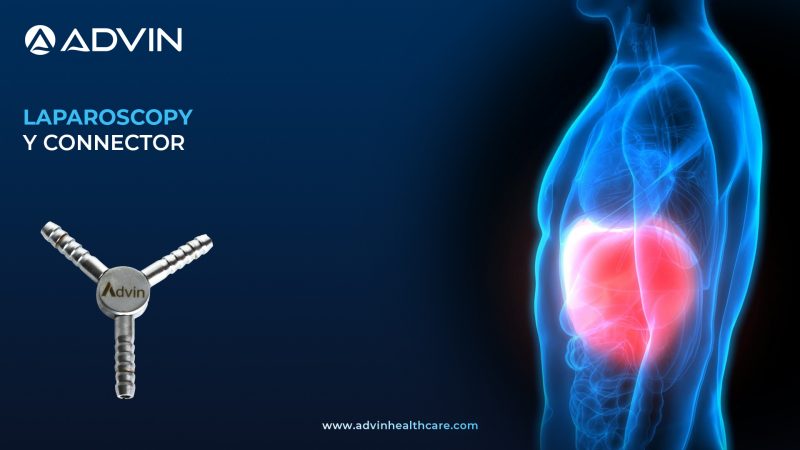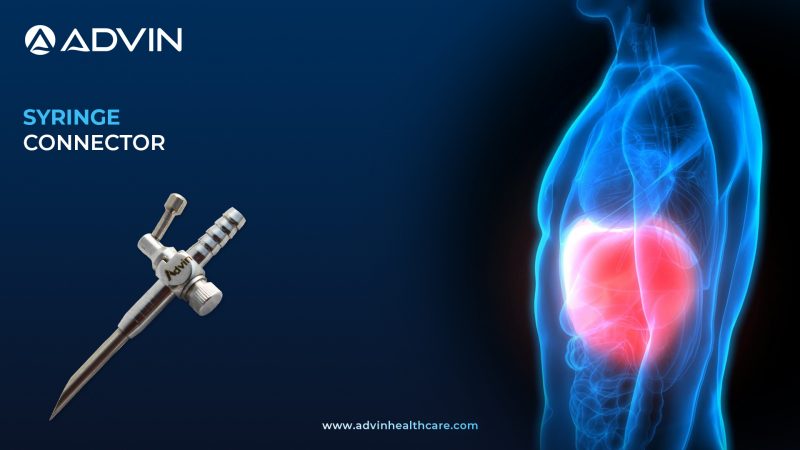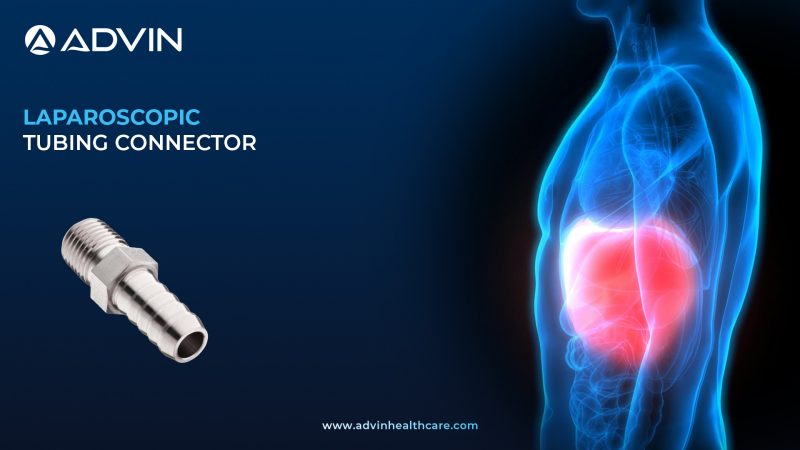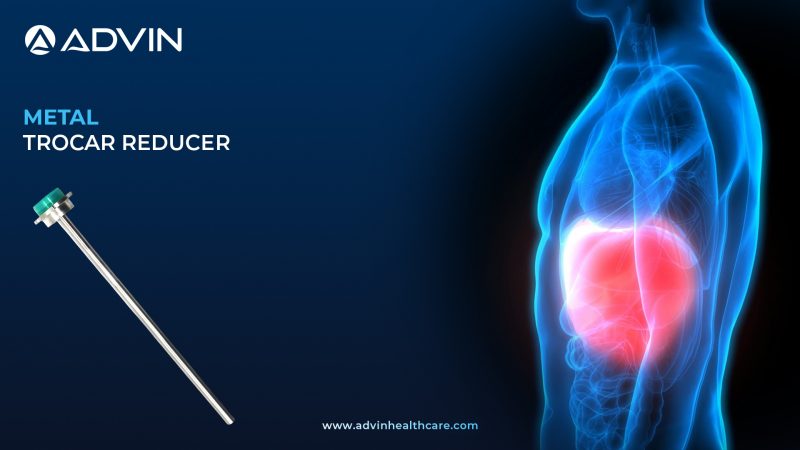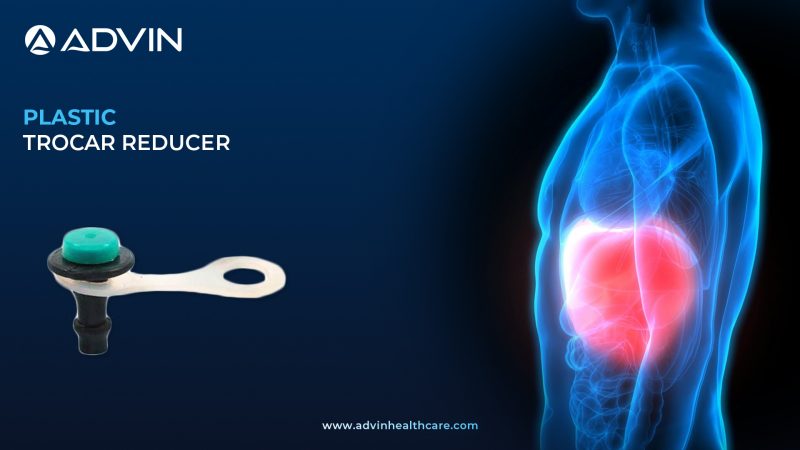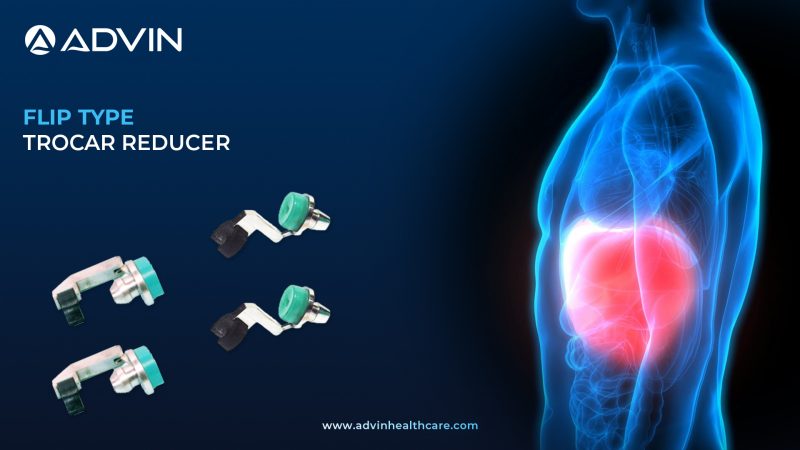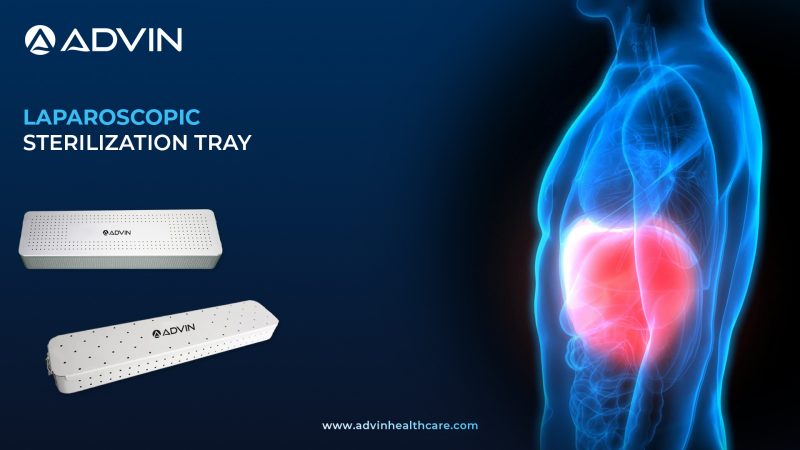CO₂ Insufflator Tubing for Safe and Controlled Gas Delivery
The CO₂ Insufflator Tubing is a specialized tubing used to connect a CO₂ insufflator to laparoscopic ports during minimally invasive surgery. It ensures safe and controlled delivery of carbon dioxide to create pneumoperitoneum. Advin Health Care manufactures high-quality tubing that is flexible, durable, and compatible with standard laparoscopic systems.
Evolution of CO₂ Tubing in Laparoscopic and Minimally Invasive Surgery
CO₂ insufflation has been a key component of laparoscopic surgery since the 1980s, allowing surgeons to expand the abdominal cavity safely. Early systems used rigid or low-quality tubing, which limited efficiency and control. Modern tubing is designed for flexibility, durability, and leak-proof connections. Today, CO₂ insufflator tubing is standard in operating rooms worldwide to ensure precise pressure control during surgery.
Overview of CO₂ Insufflator Tubing and Its Functional Role
Advin Health Care provides CO₂ Insufflator Tubing designed for safe and efficient gas delivery during laparoscopic procedures. Advin Health Care ensures that the tubing maintains a secure, leak-free connection with both the insufflator and laparoscopic ports. Its flexible design allows easy handling and minimizes kinking or obstruction. The tubing supports stable pneumoperitoneum to improve visibility and surgical precision. Ideal for urology, gynecology, and general laparoscopic procedures.
Surgeries Related to the Product – Procedures Utilizing CO₂ Insufflation
- Laparoscopic Cholecystectomy
- Laparoscopic Nephrectomy
- Laparoscopic Appendectomy
- Laparoscopic Hernia Repair
- Laparoscopic Prostatectomy
- Laparoscopic Hysterectomy
- Laparoscopic Colectomy
Instructions for Use – Step-by-Step Guide to Connecting and Handling CO₂ Tubing
- Inspect the tubing for any damage before use.
- Connect one end to the CO₂ insufflator and the other to the laparoscopic port.
- Ensure connections are tight and leak-free.
- Adjust insufflation settings according to the procedure requirements.
- Avoid sharp bends or kinks in the tubing during surgery.
- Dispose or sterilize according to hospital protocols after use.
Frequently Used Product Combination – Instruments Commonly Paired with CO₂ Tubing
- CO₂ Insufflator Machine
- Laparoscopic Ports and Cannulas
- Laparoscope
- Laparoscopy ‘Y’ Connector
- Laparoscopic Suction & Irrigation System
- Laparoscopy Trolley
- Endoscopic Hand Instruments
Product Also Known As – Alternate Names for CO₂ Insufflator Tubing
CO₂ Tubing for Laparoscopy, Carbon Dioxide Insufflation Tubing, Insufflator Gas Tube, Laparoscopic Gas Connector Tubing, Endoscopic CO₂ Tubing, Surgical Insufflation Tubing, Pneumoperitoneum Tubing
Advin CO₂ Insufflator Tubing – Features, Specifications & Product Highlights
- Advin Health Care is a leading manufacturer of CO₂ Insufflator Tubing, providing reliable and flexible tubing designed for safe and consistent gas delivery during laparoscopic procedures.
- Advin CO₂ Insufflator Tubing is a high-quality silicone tubing designed for use in CO₂ and oxygen insufflation applications. Its soft, flexible, and inert construction ensures safe and reliable gas delivery during laparoscopic and endoscopic procedures.
Advanced Features
- Made of medical-grade silicone rubber
- Nonreactive and inert for safe use with gases
- Flexible and heat-resistant for durability and ease of handling
- Odorless and tasteless, ensuring contamination-free operation
Get Connected:
+91-70717 27261 | urology@advinhealthcare.com | www.advinhealthcare.com
